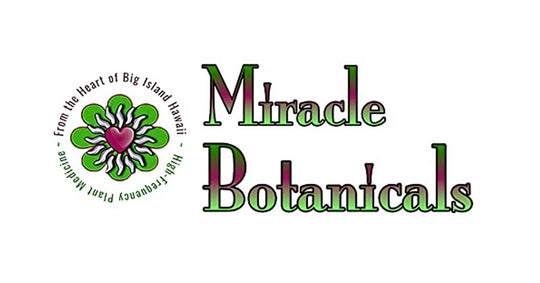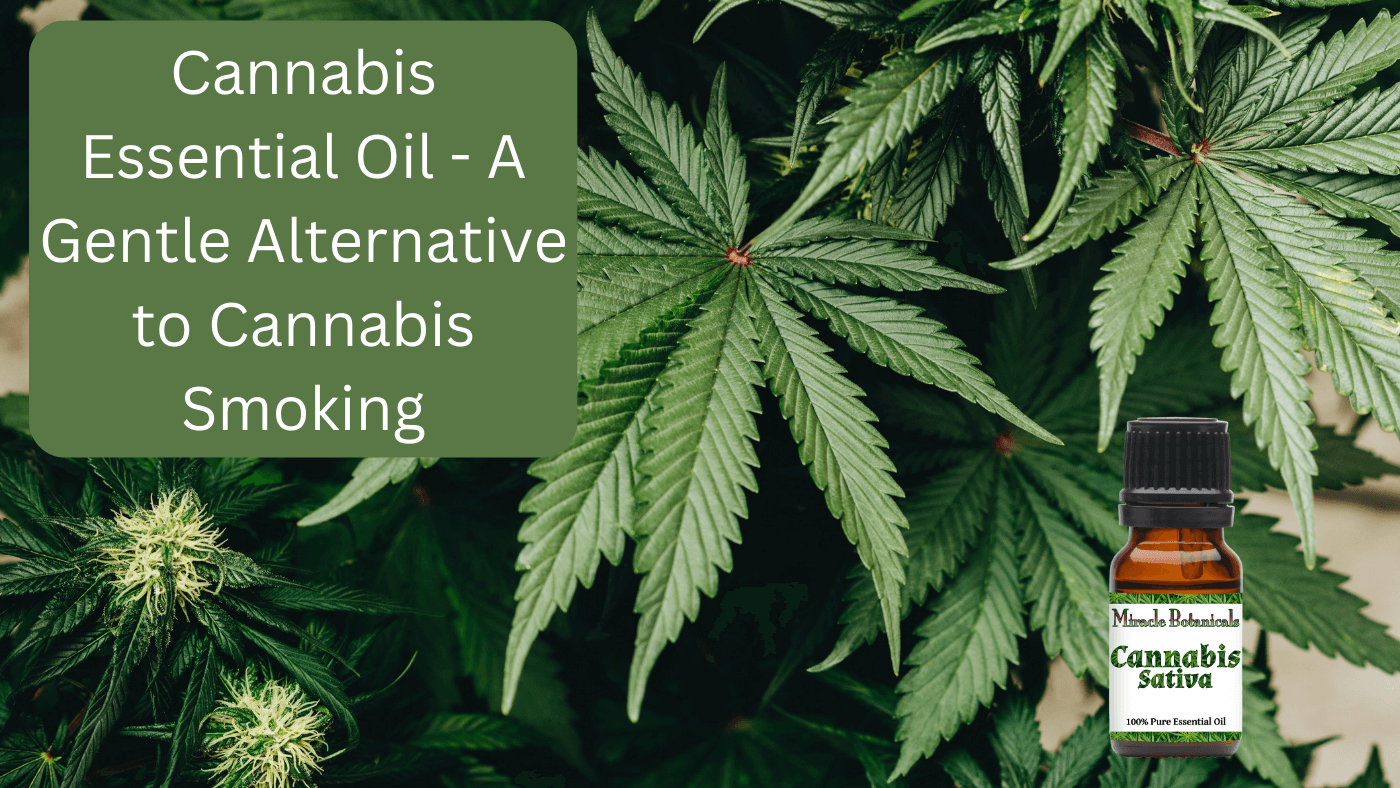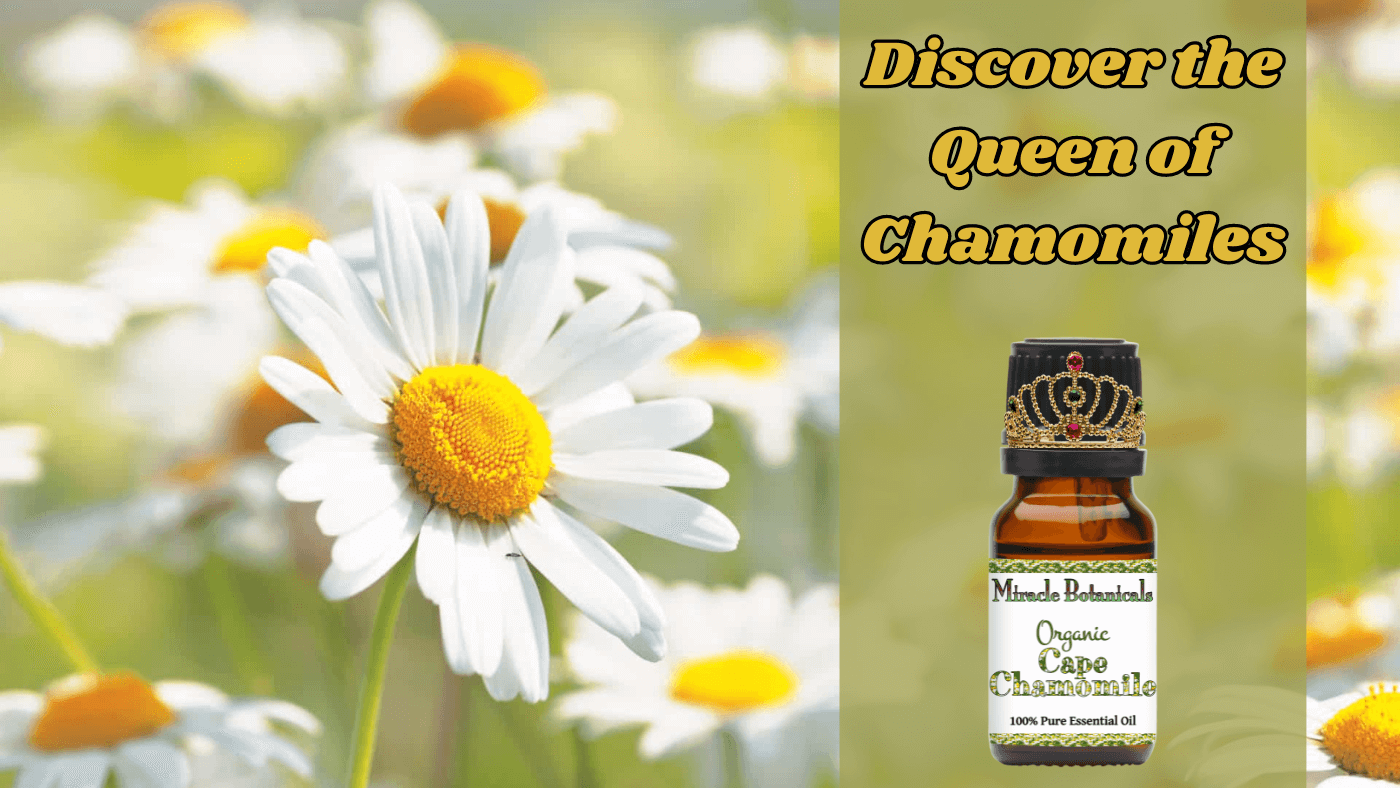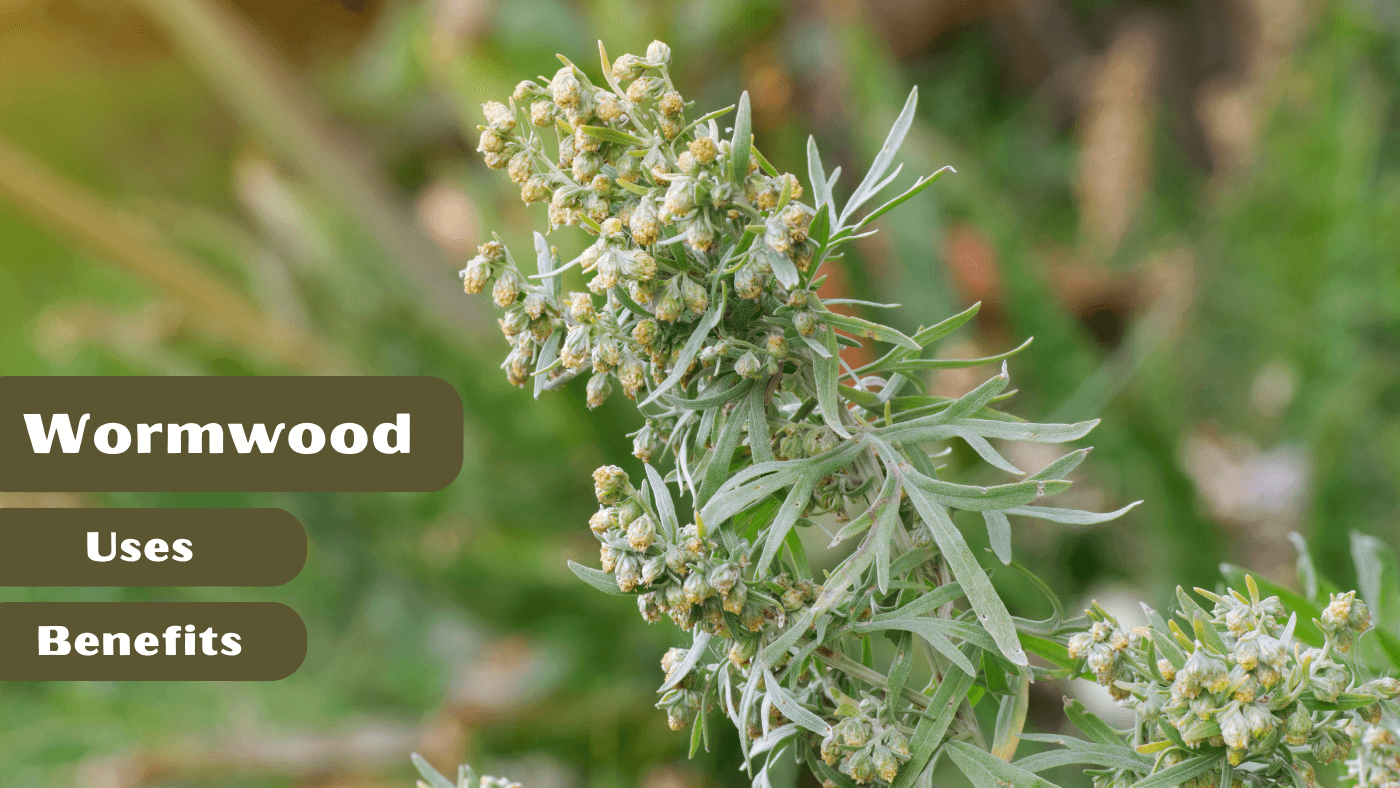Wondering what is wormwood good for? Well, you're in for a treat, or at least a very intriguing read. Let's dive into the world of Artemisia absinthium and Artemisia afra, also affectionately known as wormwood. These two distinct species from the Artemisia genus may share a common moniker and some similarities, but they each bring their own unique flair, historical tales, and, yes, medicinal virtues to the table.
Artemisia absinthium: The European Wormwood
 Artemisia absinthium, stepping into the spotlight as European wormwood, or for the fancy folks, absinthium, is a herbaceous perennial that calls Europe, North Africa, and Western Asia its home turf. This plant isn't just another pretty face in the flora crowd; it has a rich history dating back to ancient Greece, where it was more than just a plant. It was associated with Artemis, the goddess who didn't play around—goddess of the hunt, childbirth, and wilderness. People used it for various maladies, proving what is wormwood good for was no mystery even then.
Artemisia absinthium, stepping into the spotlight as European wormwood, or for the fancy folks, absinthium, is a herbaceous perennial that calls Europe, North Africa, and Western Asia its home turf. This plant isn't just another pretty face in the flora crowd; it has a rich history dating back to ancient Greece, where it was more than just a plant. It was associated with Artemis, the goddess who didn't play around—goddess of the hunt, childbirth, and wilderness. People used it for various maladies, proving what is wormwood good for was no mystery even then.
History and Aroma Profile:
This plant wasn't just sitting pretty through history; it was busy being pungent and bitter. Come the 19th century, Artemisia absinthium became a celebrity in Europe, starring as a key ingredient in absinthe, the beverage that was all the rage among artists and writers. Its aroma? Think bold, think bitter, with a sprinkle of herbal and earthy notes. It's like the plant version of that friend who is brutally honest but incredibly therapeutic.
Medicinal Uses:
So, what is wormwood good for, specifically Artemisia absinthium? Its accolades include:
- Digestive Aid: A pinch of absinthium might be the secret to happy digestion, tackling indigestion, bloating, and the dreaded flatulence.
- Fever Reducer: It's like the cool hand on your fevered brow, easing headaches and body aches.
- Parasite Cleanser: Yes, it even kicks out unwelcome guests (of the intestinal parasite variety).
- Anti-inflammatory: Joint pains be warned, wormwood's coming for you.
Wormwood Essential Oil - Absinthe - Wildcrafted (Artemisia absinthium)
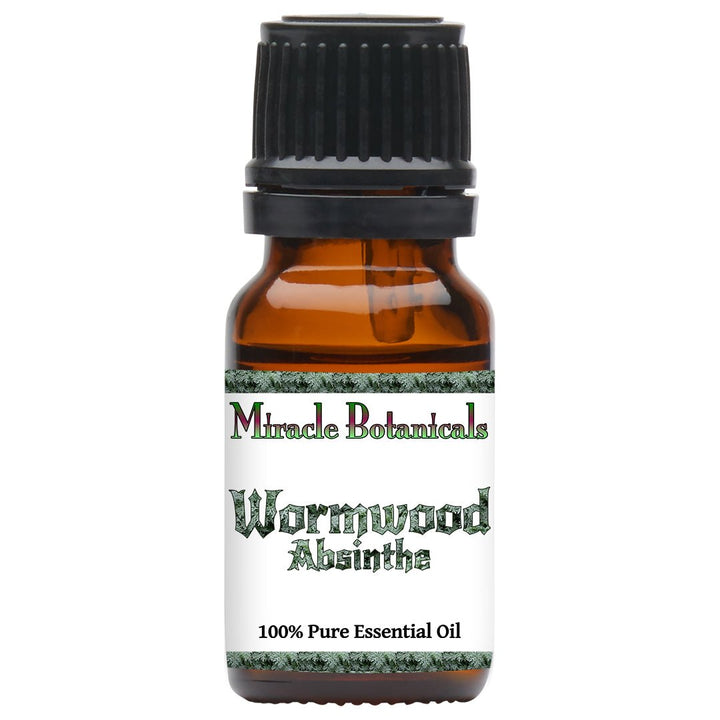
$11.97
Botanical Name: Artemisia absinthium Plant Part: Flowering Tops Method of Extraction: Steam Distilled Country of Origin: United States Color/Consistency: Dark Green With Medium Consistency Aroma: Spicy, Warm, Bitter Perfumery Note: Top Main Chemical Components: beta-Thujone (41.35%), trans-Sabinyl acetate (30.19%) … read more
Artemisia afra: The African Wormwood
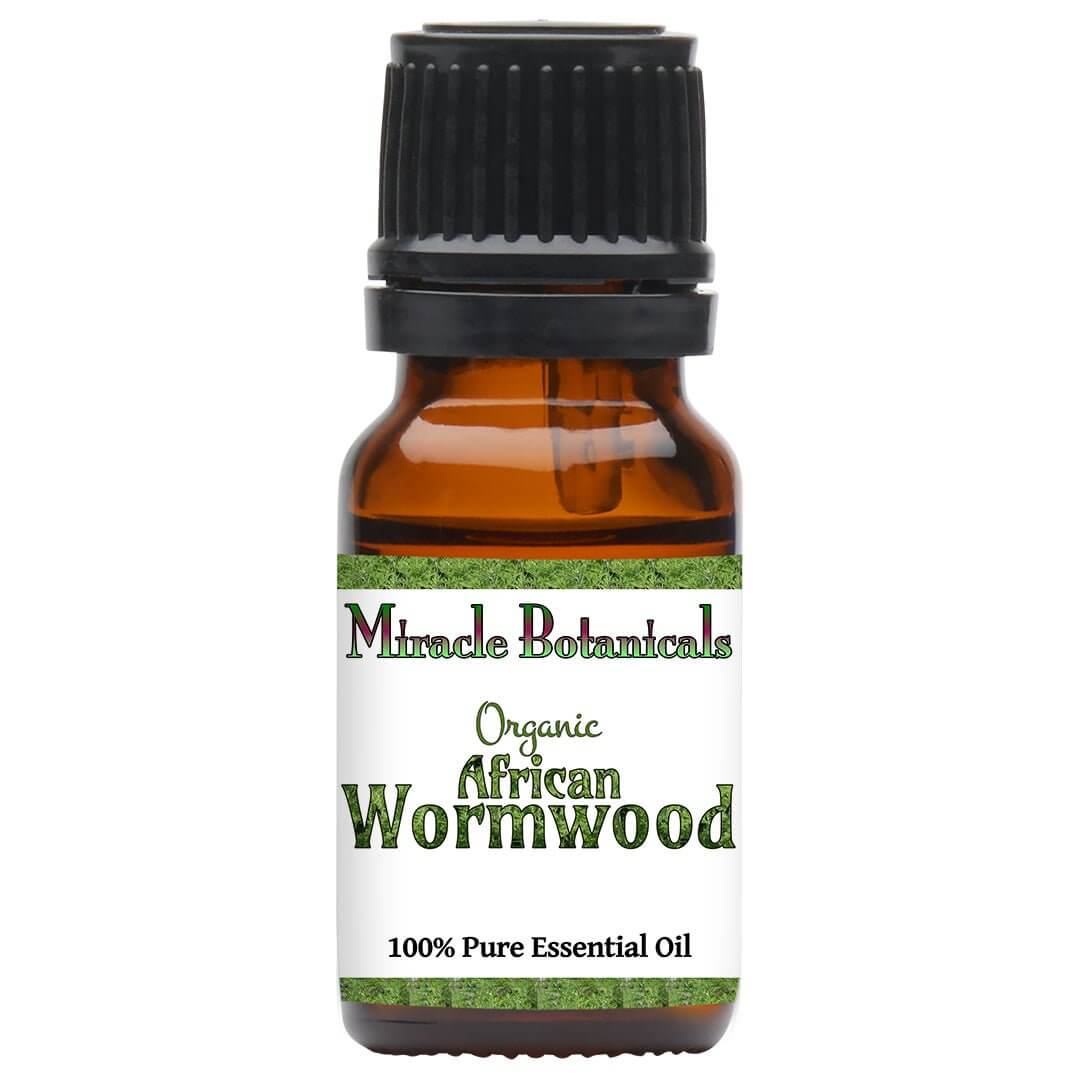 Now, let's whisk away to Southern Africa to meet Artemisia afra, or as it's known, African wormwood. This perennial shrub is not just any plant; it's a medicinal powerhouse with a rich history in traditional African medicine.
Now, let's whisk away to Southern Africa to meet Artemisia afra, or as it's known, African wormwood. This perennial shrub is not just any plant; it's a medicinal powerhouse with a rich history in traditional African medicine.
History and Aroma Profile:
Artemisia afra brings its A-game with a strong, pungent scent that's all herbal and camphoraceous, a nod to its African roots. It's like it carries the spirit and wisdom of centuries within its aroma.
Medicinal Uses:
What is wormwood good for when it comes to Artemisia afra? Let's see:
- Respiratory Aid: It's the go-to herb for coughs, colds, and "I can't believe it's not bronchitis."
- Digestive Tonic: Bloated? Stomach cramps? African wormwood to the rescue.
- Immune Support: It's like the body's personal cheerleader, boosting immunity and fending off infections.
- Antiseptic: Got a cut? A scrape? Dab a bit of this (diluted, of course), and you're golden.
Wormwood (African) Essential Oil - Organic (Artemisia Afra)

$14.97
Botanical Name: Artemisia Afra Plant Part: Leaves Method of Extraction: Steam Distilled Country of Origin: South Africa Color/Consistency: Light to Medium Yellow Color with Thin Consistency Aroma: Deep, Spicy, Bitter Perfumery Note: Top Main Chemical Components: 1,8-Cineole (31.61%), Artemisia… read more
Expanding on Historical Significance
The historical significance of Artemisia absinthium doesn't stop in ancient Greece or 19th-century Europe. In medieval Europe, it was thought to ward off evil spirits, incorporating it into rituals and the "Nine Herbs Charm" potion. The legend of wormwood, a star mentioned in the Bible believed to bring forth bitterness and tragedy, further cements its historical impact. I thought that was probably why it's been an herb of choice as an abortificant.
However, wormwood's use as an abortifacient, like many other herbs, stems from its chemical properties and the effects those properties seem to have on the body. Artemisia absinthe contains thujone, a compound that can lead to toxic effects when consumed in high quantities. Thujone and other components in absinthe wormwood can stimulate the uterus, which historically led to its use as an abortifacient, especially in times and places where other methods of terminating a pregnancy were not available or were legally or socially restricted.
It's important to note that the use of wormwood and other herbs for inducing abortion can be extremely dangerous. The effectiveness is dubious, and the risk of poisoning or serious side effects is high. Modern medical advice strongly cautions against the use of wormwood and similar herbs for this purpose due to the risks involved.
Throughout history, many plants have been used in traditional medicine for their purported abortifacient properties. These uses were often born out of a deep understanding and observation of plant properties, combined with a lack of available alternatives for controlling fertility or terminating unwanted pregnancies. However, the safety and ethics of such practices are complex issues, and the modern perspective strongly emphasizes the importance of safe, effective, and accessible reproductive healthcare.
Artemisia afra was revered not just for its medicinal properties but also for its role in cultural practices and spiritual rituals across Southern African tribes. Its uses extended to spiritual purification and protection, often utilized in cleansing ceremonies to ward off negative energies.
Unlike with Artemisia absinthium, Artemisia afra only contains trace amounts of thujone, making it less toxic and somewhat safer for medicinal use, though still not without its risks when used improperly. This difference in chemical composition highlights the diversity within the Artemisia genus and underscores the importance of distinguishing between species when considering their use in traditional medicine or any health-related applications.
Artemisia afra, commonly known as African wormwood, has been celebrated not only for its medicinal benefits but also for its spiritual significance. In many Southern African cultures, it is used in rituals aimed at cleansing, healing, and protection. These practices are deeply embedded in the cultural fabric and spiritual beliefs of the communities that use them, reflecting a holistic approach to health that encompasses mental well-being.
The distinction between Artemisia absinthium and Artemisia afra also serves as a reminder of the complex relationships humans have with the plant world. While certain properties of plants can offer healing and relief from ailments, others can pose significant risks. This duality is a testament to the power of our mind to make things seem to have power over our bodies and the need for careful, knowledgeable use, especially in contexts where traditional uses of plants intersect with modern medicinal knowledge.
In answer to the question what is wormwood good for?, while the historical and cultural uses of wormwood and its relatives are fascinating, they also highlight the critical need for caution and respect for the potent forces of nature contained within these plants. As we continue to explore and learn from the rich tapestry of traditional medicine, it remains imperative to approach such practices with both reverence and a commitment to safety and ethical considerations, ensuring that the legacy of these ancient remedies can inform our present understanding without compromising well-being.
Culinary Uses and Beyond
Beyond their historical and medicinal uses, both varieties of wormwood have made their mark in the culinary world. Artemisia absinthium flavors foods, beverages, European liqueurs, and vermouths with its bitter qualities. Artemisia afra, while less common in culinary applications, seasons traditional Southern African dishes with its robust flavor.
Aromatic and Cosmetic Applications
These plants also contribute to the aromatic and cosmetic industries. Artemisia absinthium is used in perfumes and cosmetics, while Artemisia afra's essential oil is popular in aromatherapy and natural skin care products, showcasing their versatility beyond traditional uses.
Agricultural and Environmental Impacts
Artemisia absinthium and Artemisia afra's roles extend to agriculture and environmental management, offering natural insecticide and herbicide potentials and soil conservation benefits. What is wormwood good for? Natural pesticides made from wormwood make ecological contributions that highlight the importance of these plants in maintaining biodiversity and sustainable practices.
Conclusion:
So, what is wormwood good for? The journey through the histories, uses, and impacts of Artemisia absinthium and Artemisia afra reveals a multifaceted answer. From ancient remedies to modern applications in culinary, aromatic, cosmetic, and environmental fields, these plants demonstrate the enduring legacy and versatility of wormwood. As we continue to explore the botanical world, their rich tapestry of benefits across cultures and centuries stands as a testament to nature's ingenuity and the enduring quest for understanding and utilizing the natural world around us.
